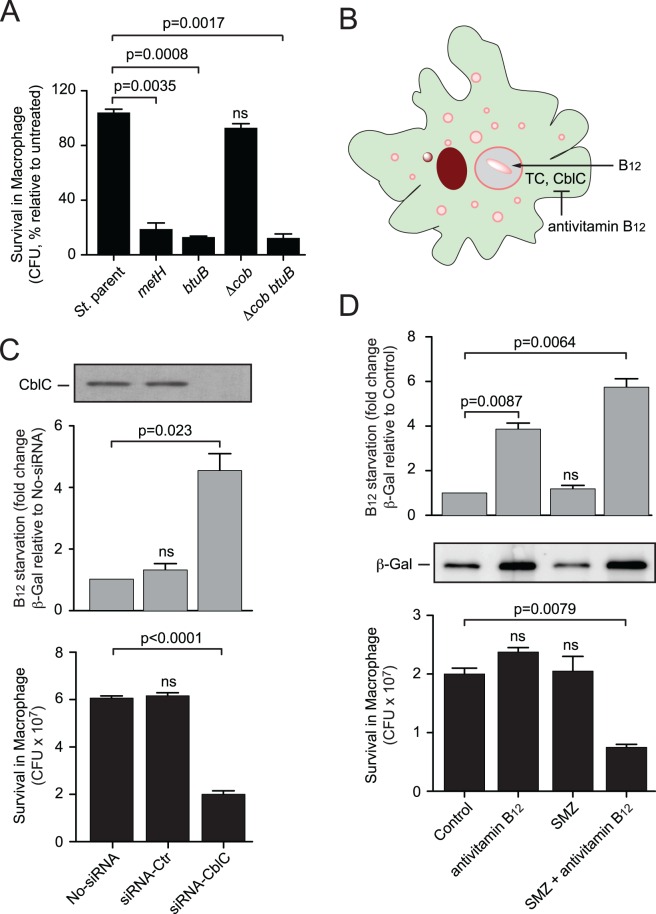Fig 7. Genetic and chemical induction of the methylfolate trap during Salmonella infection of macrophages.
(A) Survival of Salmonella strains in macrophages treated with SULFAs. Macrophages J774A.1 were infected for 1 h followed by 18 h chase, during which cells were untreated or treated with 1 mg/ml SMZ. Colony forming units (c.f.u.) were determined by serial dilution and plating method. (B) Cellular uptake and conversion of exogenous B12 in mammalian cells requires transcobalamin (TC) and CblC proteins, respectively. Antivitamin B12 molecules such as EtPhCbl inhibit transcobalamin and CblC, thereby restricting B12 bioavailability to intracellular bacteria. (C) Depletion of CblC expression, detected by Western Blot using a specific antibody (top), caused B12 starvation (middle) and increased SULFA sensitivity (bottom) of intracellular Salmonella. siRNA transfected THP-1 macrophages were infected with S. typhimurium cells expressing β-galactosidase from a B12 starvation-responsive promoter for 1 h, followed by 18 h chase, during which the infected macrophages were treated without or with 1 mg/ml SMZ. B12 starvation was estimated by determining β-galactosidase activity while Salmonella survival measured by c.f.u. counting. (D) Chemical restriction of B12 sensitizes intracellular S. typhimurium to SULFA treatment. Macrophages J774A.1 were infected with S. typhimurium cells harboring a B12 molecular probe for 1 h followed by 18 h chase, during which cells were untreated or treated with 1 mg/ml SMZ or/and 50 nM EtPhCbl. B12 starvation was estimated through measuring enzymatic activity (top) and expression of β-galactosidase by Western Blot (middle). Salmonella survival from the corresponding macrophages was measured through c.f.u. counting (bottom). Error bars represent standard deviations from biological triplicates. ns, no significant difference compared to control groups.

